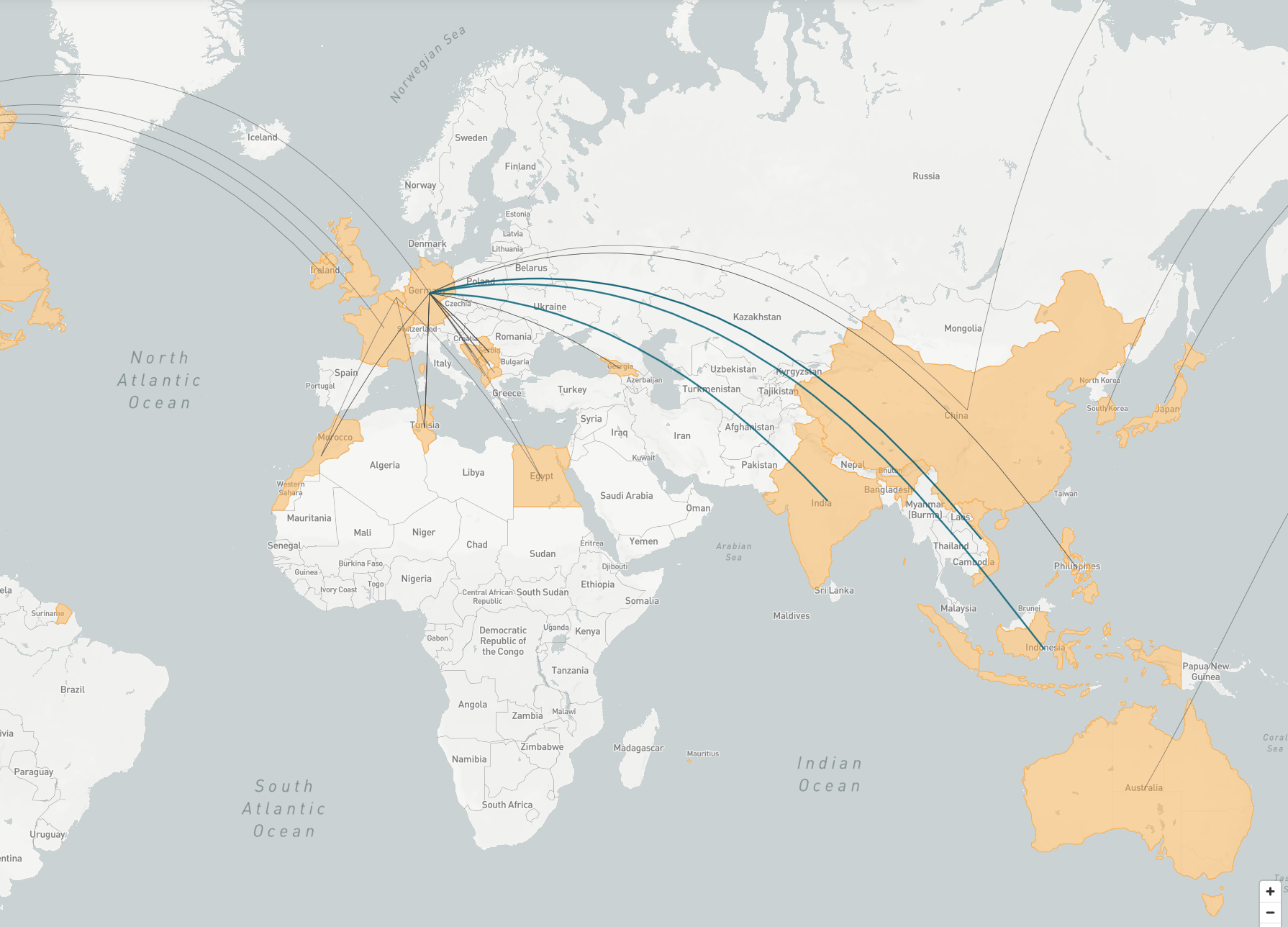- Country of destination: Germany
- Country of origin: India, Indonesia, and Vietnam
- Sectors: Construction, Engineering, and Manufacturing
- Skill level: High
- Timeline: 2012 - 2015
- Number of beneficiaries: 30
Overview
In 2012, Germany began to recruit engineers from third countries as part of its new push to “Make It In Germany.” This pilot program facilitated the migration of qualified professionals, providing them with language and cultural training as well as traineeships before helping them secure permanent employment in Germany. The Make It In Germany portal is now Germany’s one-stop-shop for the permanent emigration of skilled professionals from third countries.
Why was it started?
Germany has a nationwide skills shortage, particularly in STEM (science, technology, engineering, and mathematics) occupations. In 2018, for example, it lacked nearly 340,000 specialists in engineering and technology. As a result, it has been exploring migration partnerships to promote the migration of qualified STEM professionals.
In 2012, GIZ implemented a pilot project on behalf of the Federal Ministry for Economic Affairs and Energy to accompany the marketing activities of the Make it in Germany Portal in India, Indonesia, and Vietnam. These countries were chosen because they have well-trained workers in relevant professions, whose qualification profiles can be easily adapted to the German market. For example, some universities in Vietnam, such as the Vietnamese-German University in Ho Chi Minh City and the Ha Noi University of Science and Technology (HUST), offer the German curricula.
How does it work?
Post-graduate engineering students in India, Indonesia, and Vietnam were selected to undertake a six-month language and intercultural preparation course. Five months of the course were given in their home countries, with the sixth month given in Germany. Courses in Vietnam were taught by instructors who had studied and worked in Germany. Modules included support for job-hunting and application and tips for preparing for departure to Germany. After completing the language course, applicants were placed with companies in Germany for a three-month internship. After they completed it, they could access permanent residency through the EU Blue Card Directive.
The pilot was financed by the German Federal Ministry for Economic Affairs and Energy (BMWi) and implemented by Deutsche Gesellschaft für Internationale Zusammenarbeit (GIZ) GmbH. Eventually, the pilot ended and parts of the information provided were scaled into the new “Make It In Germany” website. Today, the website is the result of cooperation between the German Federal Ministry for Economic Affairs and Energy and the Federal Ministry for Employment and Social Affairs.
What impact has it had?
The “Make It In Germany” portal provides a one-stop shop for people interested in working in or studying in Germany, offering information on immigration and visa procedures, job hunting, cultural integration, and the benefits of studying and working in Germany. By 2015, the portal had been visited by 6 million people, and 83 percent of visitors reported an increased desire to emigrate to Germany as a result of visiting the site. In 2018, the site was expanded to be the federal government’s information portal for skilled workers from abroad. By 2020, 20 million people from more than 190 countries had visited the site.
- For more information, see the Make It in Germany website.
- GIZ (German Development Agency). “Indian professionals ‘Make it in Germany.
- Indo-German Training Centre. 2014. “ IGTC students Make-It-In-Germany with GIZ’s first post graduate traineeship programme.” May 7.
- Tangermann, J., and J. Grote. 2018. “Labour market integration of third-country nationals in Germany.” European Migration Network Working Paper 82.
- Viet Nam News. 2013. “ Skilled workers can ‘make it’ in Germany.” November 8.

